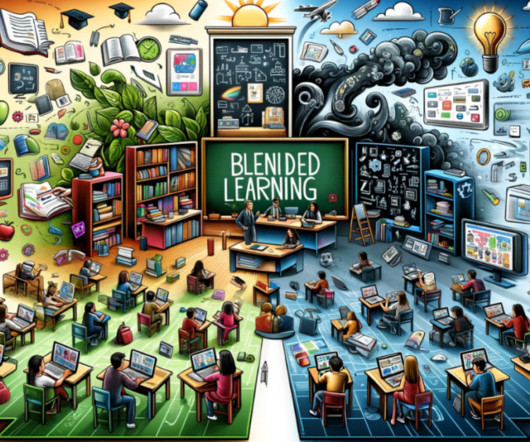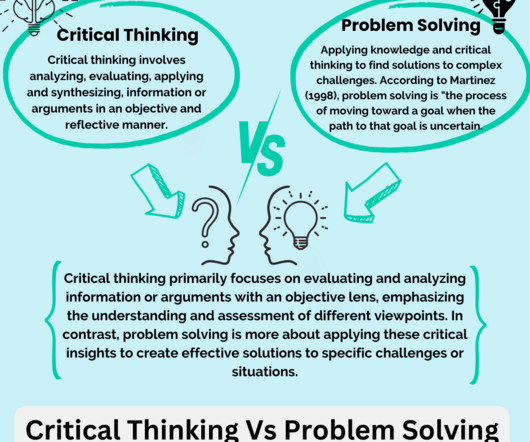What is Blended Learning?
Educational Technology and Mobile Learning
DECEMBER 13, 2023
The purpose of blended learning is to give learners a more integrated educational experience, where they can benefit from both face-to-face teacher guidance and the flexibility and accessibility of online materials. Fabbian et al, 2017). High engagement with screencasts and positive impact on course attitudes in Carol J.


























Let's personalize your content